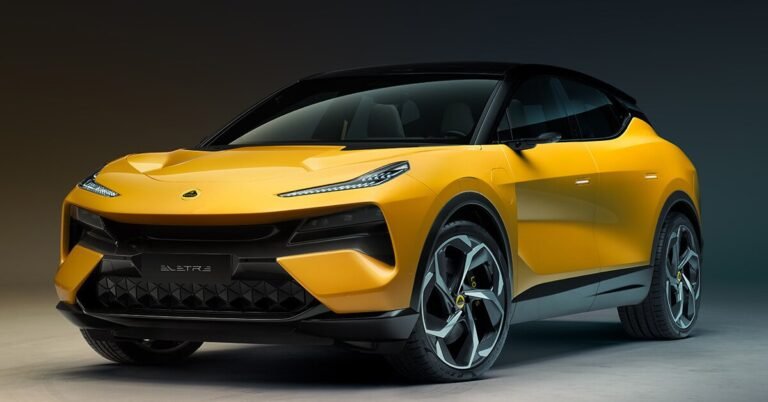nyc farmy // superspace
Text description provided by the architects.
NYC farm museum sustains a self-sufficient vertical farming community in the middle of the city that never sleeps———————————————————————-with the global population expected to reach 9.8billion by 2050, food demand will be %60 more than it is today, and climate change, urbanization, and soil degradation will not help any, in addition to water shortages, and pollution.

© superspace
it will not do any good losing farmers into city life either.we need to come to our senses before it is too late and we need to act now! Hudson River was where the Highline roughly stands now when explorer Henry Hudson arrived in 1609, long before the city started selling ‘water lots’ which developers rushed to buy some of the Hudson rivers to turn into factories, warehouses, and living quarters for immigrants.

© superspace
the area of the project was as important as fishing, hunting, and gathering territories for the “Lenape” people. it is now NYC hurricane evacuation zone-1 with its industrial, commercial, and residential zones. From its abandonment into rust and nails around the 1980s to cutting ribbons from 2009 to 2015, the big endeavor had been put in line with the Highline which also revitalized the Chelsea district and gave start to the redevelopment of the urban area.

© superspace
Highline has a natural and organic path generating and propagating its own ecology, the proposed project can be considered as a juxtaposed attachment to this new wild nature of manhattan by slicing and superposing classical agricultural fields in the city context, giving a piece of earth to the inhabitants.
how can we bring the production and distribution cycle of traditional farmer communities into the verticality of today’s constantly growing urban areas and help cities become more sustainable and self-sufficient environments?
besides its housing units, the tower will also serve as a laboratory and a farming museum for researchers and the users of Highline and the city with its public circulation wandering around the skirts of the plates.

© superspace
also, the rooftop can be considered a public use field.eight of the plates are used for farming layered with different kinds of products that would change seasonally. the products can be stored and sold on the commercial+ distribution plates which also accommodate administrative facilities connected with Highline.people are welcome to visit the fields starting from the Highline up to the public rooftop.
guided tours are scheduled during the day to inspire children about the power, flow, and cycle of nature. NYC farm museum’s main objective is to research and minimize the carbon footprint due to agriculture initially by reducing the steps between the producers and consumers. also adapting the lifestyles of farmers into city life and making farming cool again to younger generations by including them in the cycle of planning, planting, harvesting, storing, and sale..

